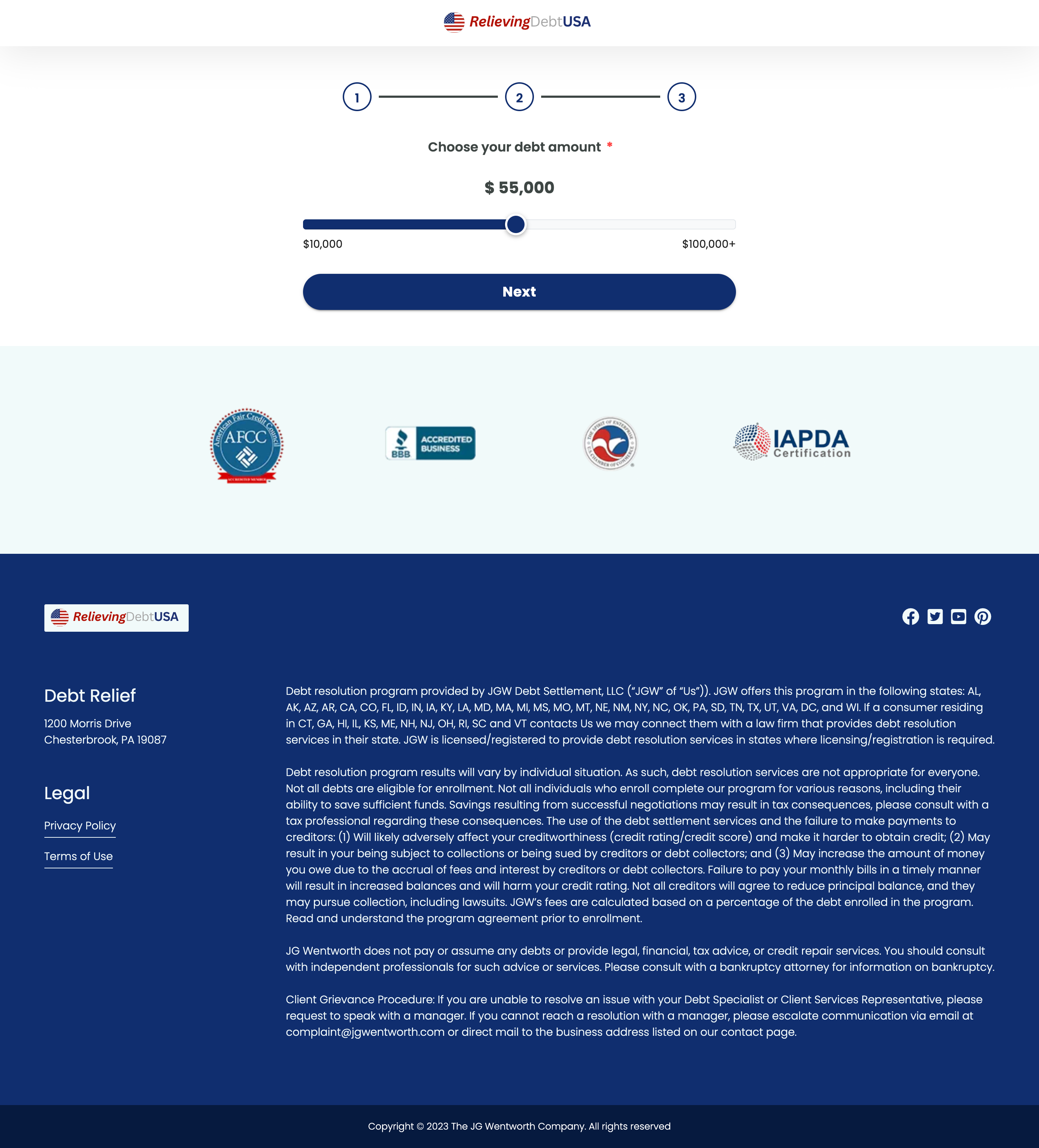How to Analyze Competitor Affiliate Landing Pages
Introduction
In the digital age, affiliate marketing plays a pivotal role in driving sales and increasing brand visibility. A well-optimized landing page can significantly impact conversion rates. To stay ahead in this competitive environment, analyzing your competitors’ affiliate landing pages can offer you a trove of insights. This article will guide you through the process of dissecting competitor landing pages to improve your own marketing strategies.
Importance of Analyzing Competitor Landing Pages
Analyzing your competitors’ landing pages provides a multitude of benefits, including:
- Identifying Industry Trends: Understanding common themes and trends within your niche helps in aligning your practices with industry standards.
- Enhancing User Experience: By learning what works for competitors, you can refine your own landing pages to offer superior user experiences.
- Understanding Consumer Preferences: Observing how competitors position their products or services caters insight into consumer preferences.
- Boosting Conversion Rates: Gleaning strategies from effective competitor pages can provide tactics to boost your own conversion rates.
Elements to Focus On
While analyzing competitor landing pages, pay attention to various critical elements. Some of the key areas include:
Design and Layout
Evaluate the overall aesthetics and organization of information. A visually appealing design with intuitive navigation can greatly enhance user engagement.
Copywriting
Analyze the tone and style of the content. Effective copy is concise, compelling, and aligned with the audience’s needs. Note the headlines, subheadings, and call-to-action (CTA) placements.
Value Proposition
Identify the unique selling points highlighted by competitors. The value proposition should clearly communicate the benefits of the product or service.
Call-to-Actions (CTAs)
Assess the effectiveness of CTAs in prompting user engagement. The placement, color, and wording can significantly influence conversion rates.
Visual Elements
Take into account the images, videos, and graphics used. High-quality visuals can improve the perception of the product and brand.
Tools for Competitor Analysis
Using the right tools can simplify the process of analyzing competitor landing pages. Here are some useful tools:
- SEMrush: Offers comprehensive insights into competitor traffic, keywords, and more.
- SimilarWeb: Provides details on traffic sources and engagement statistics.
- Ahrefs: Essential for backlink analysis and ranking keywords.
- Using a Landing page downloader: Tools like a Landing page ripper tool are crucial in capturing the complete content and structure of competitor pages.
Step-by-Step Guide
Step 1: Identify Your Competitors
Begin by defining who your competitors are. Search for your primary keywords and note the top-ranking pages. These are likely to be your key competitors.
Step 2: Capture Landing Page Content
Use a Landing page ripper tool to capture the content of competitor landing pages. This tool will help you save and analyze the layout, design, and textual elements of the page.
Step 3: Analyze Page Design
Examine the page design, layout, color schemes, and visual hierarchy. Consider what makes these pages appealing and how users are likely to interact with them.
Step 4: Evaluate the Copy
Review the headlines, product descriptions, and other copy. Determine the tone and style used to engage the audience effectively.
Step 5: Identify Unique Selling Points (USPs)
Determine how competitors highlight their USPs. Assess how these points of differentiation could work for your own offerings.
Step 6: Examine the CTAs
Pay special attention to the CTAs, observing their placement, color, and wording. Assess their effectiveness in conversion rates.
Step 7: Analyze Visuals
Evaluate the impact of images, videos, and infographics. High-quality visual content often reflects professionalism and enhances user trust.
Step 8: Draw Conclusions and Implement Findings
Compile your findings and identify areas where your landing pages can be improved. Implement the successful elements of competitor strategies while maintaining your unique brand identity.
Conclusion
Regularly analyzing competitor affiliate landing pages can provide you with valuable insights into effective marketing strategies. By being observant and utilizing the appropriate tools, you can optimize your landing pages for better performance and conversions. Make sure to leverage tools like a Landing page ripper tool to download complete landing page data and uncover the elements that make your competitors successful.









